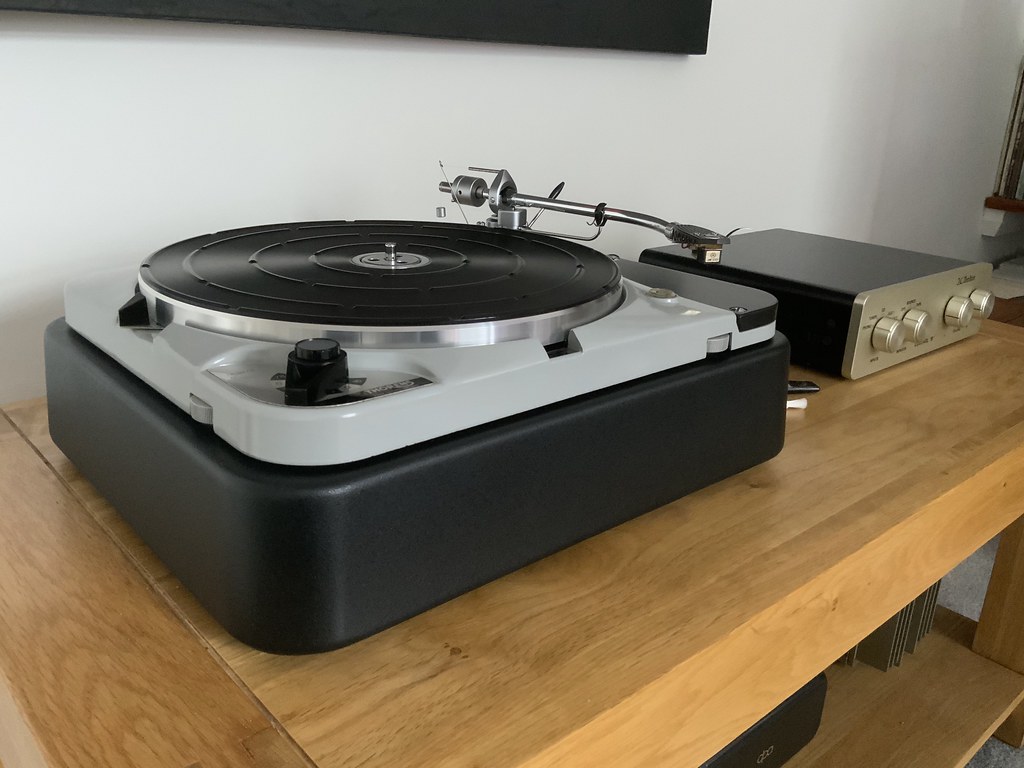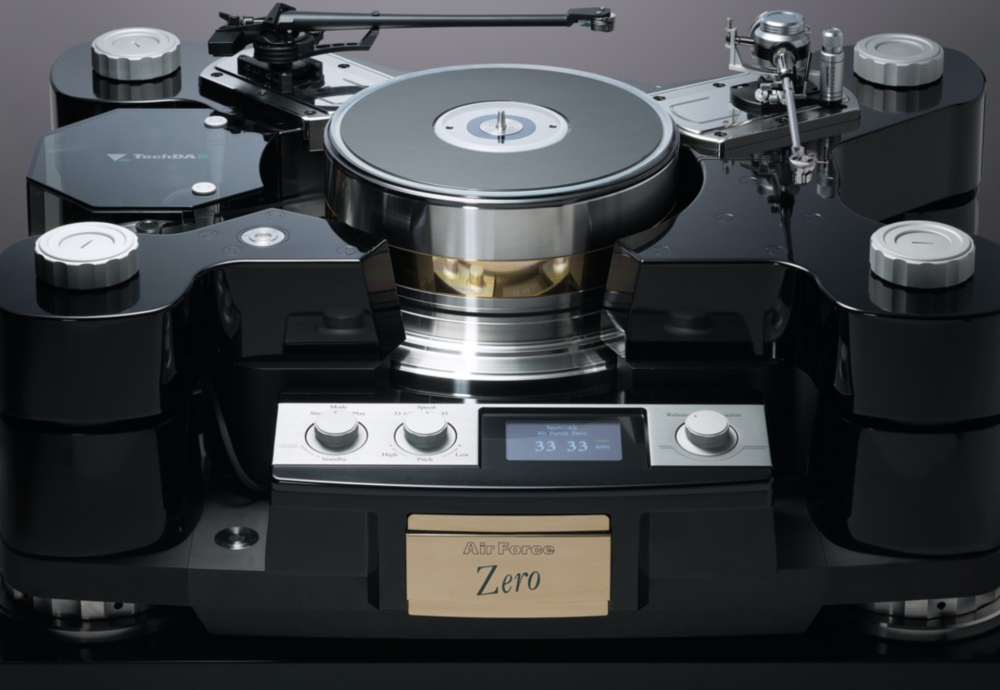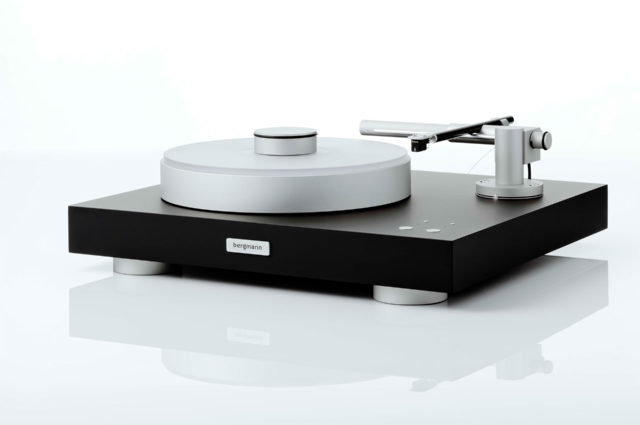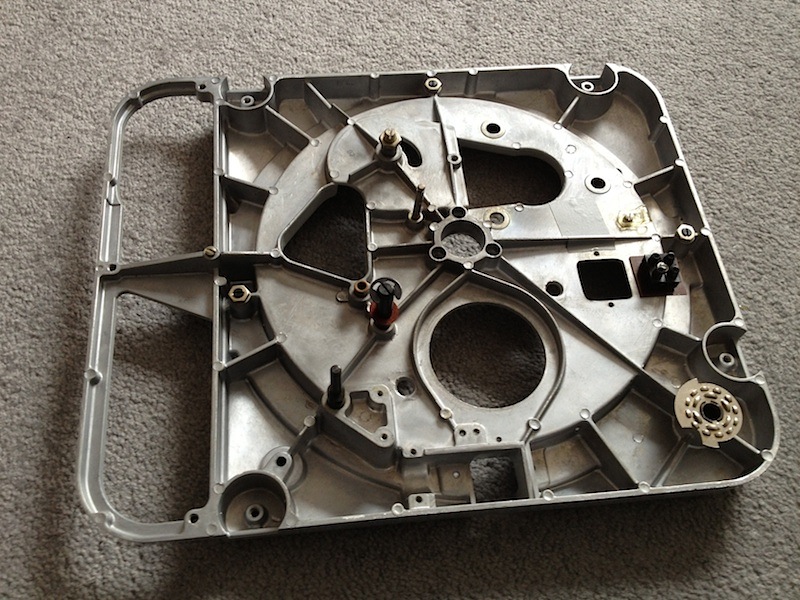Tony L
Administrator
Any turntable manufacturer that doesn't offer adjustable speed control, adjustable VTA and HTA should not even be considered IMO. These are all critical to achieving a high level of performance.
The thing that makes me laugh is all this and more was addressed way back in the late-50s:

I realise mine is a 1966 spec deck, but everything below applies to a MkI 124 and Series I SME, so in 1959 it was done right:
- All 4 speeds, this turntable can play absolutely any record.
- Fine speed adjustment with built-in strobe.
- Built-in ‘dinked’ 45 adapter.
- Clutch system for easy-changing/fast starting in a broadcast environment.
- Built-in spirit level and easily levelled from above via thumb-wheels.
- Can take a 9” or 12” arm even in a compact LP12-size plinth as pictured.
- Arm/arm-board assembly easily swappable from above in a matter of minutes, just three easy access bolts.
- Easy VTF adjustment without need for a stylus scale.
- Easy calibrated anti-skate adjustment.
- Easy VTA adjustment.
- Easy azimuth adjustment.
It astonishes me just how much practicality and user-friendliness has been lost over the past 60 years. To be honest pretty much every current deck is just utter bollocks from an ergonomic perspective. A whole design language has been lost. The runner up is likely the Technics SL-1200, but it still misses a lot of core functionality compared to the above.




